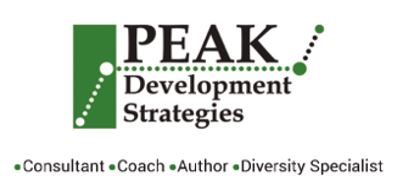In the past, the Federal Government required many of the country’s biggest banks to assess the viability of the capital the banks held. One of the reasons the Fed did this was to evaluate the processes and systems in place surrounding their assets. For a bank, cash is their lifeblood. So what does this have to do with Human Capital?
In most entrepreneurial companies, the employees – Human Capital – are one of the most important assets. According to an article by Will Helmlinger of The Resource Development Group, “the cost to replace one Customer Service Representative earning $18,000 annually is nearly $58,000”. A study evaluating the effects of the US Family Medical Leave Act found that “turnover costs for a manager average 150% of salary, including tangible costs of hiring new workers and relocation, and intangible costs such as the new worker’s inefficiency and lost productivity while the job is vacant.”
Consider also, that being in a state of rapid change – either increasing or decreasing – challenges a company’s ability to maintain an effective culture and workforce. While there hasn’t been a lot of growth these days, there has been more than enough downsizing. There’s no doubt that being laid off is bad. In a different way, being left at the company takes its toll too – the worry that you’ll be next, the uncertainty of how your job has changed, and the disconnect from real information coming from management.
Here is my recommendation for a Human Capital Stress Test:
- Review your employee’s job descriptions – with your employee. Acknowledge how their job or role may have changed.
- Review your company’s performance evaluation system. If you’re still doing annual reviews, call it your annual chat because there’s no way to address performance over the course of a year. At best, you may cover the past month or two. I recommend at the very least, doing quarterly reviews. More importantly, is to create a culture of feedback – both good and bad – that occurs throughout the year.
- Take a look at your organization. Are there holes left by departed workers? If new people are filling these roles, do they have, and know that they have the authority to do the job.
- Lastly, look at the way information is communicated to your employees. Does the word of bad news spread because you’ve been in a succession of closed-door meetings. Your employees would rather know the reality of the situation than be “protected” from it until the very last minute.
If you take these steps and acknowledge the value you have invested in Human Capital, then when the economy does rebound, and it will, you won’t be starting from scratch to hire and train a competent workforce.
Michael Shapiro , E Group Partners, Inc.

Recent Comments